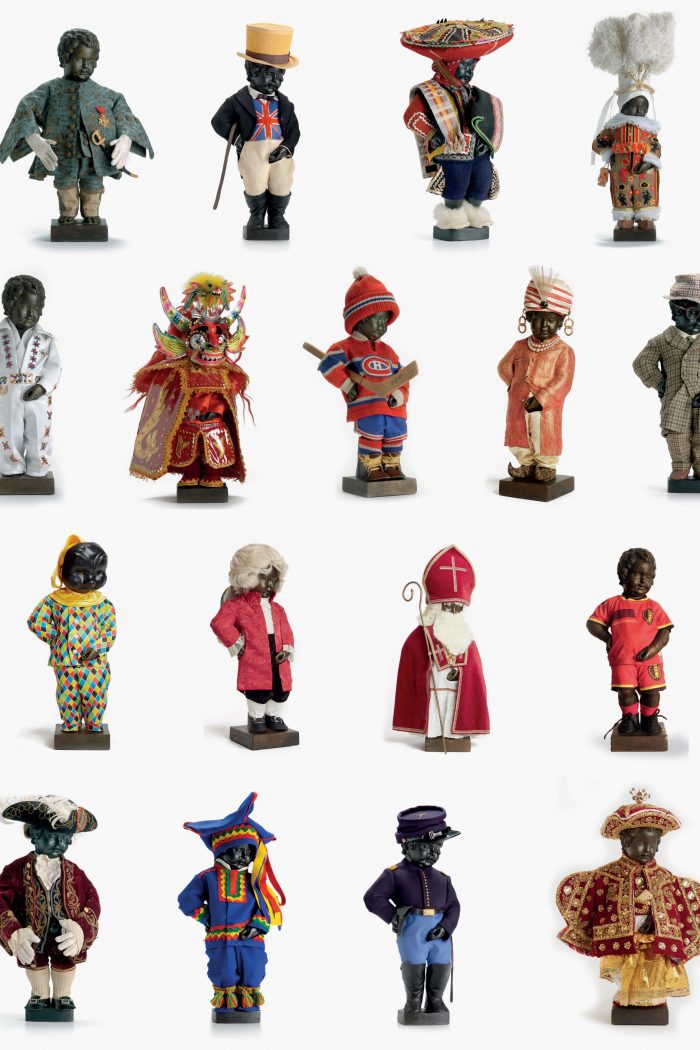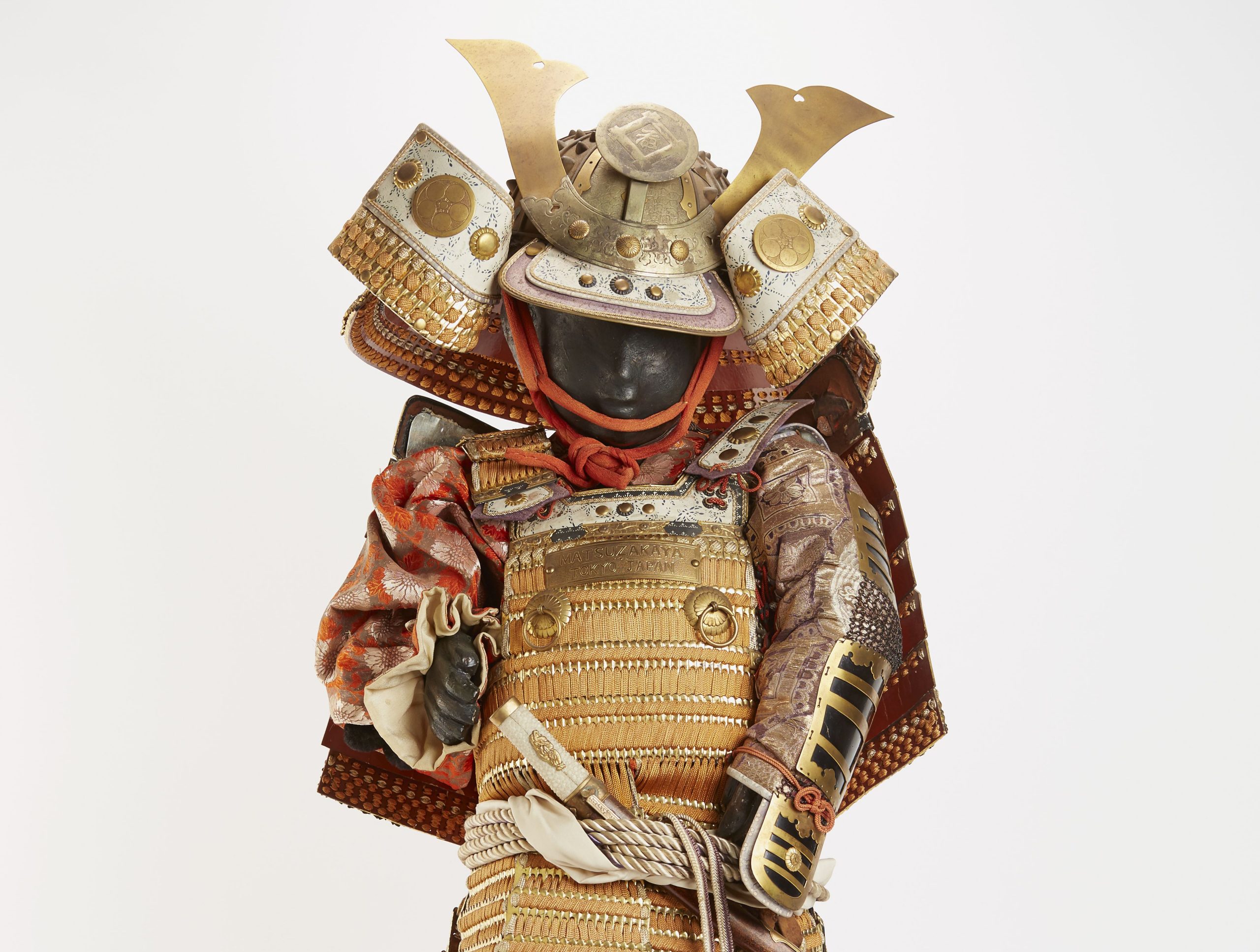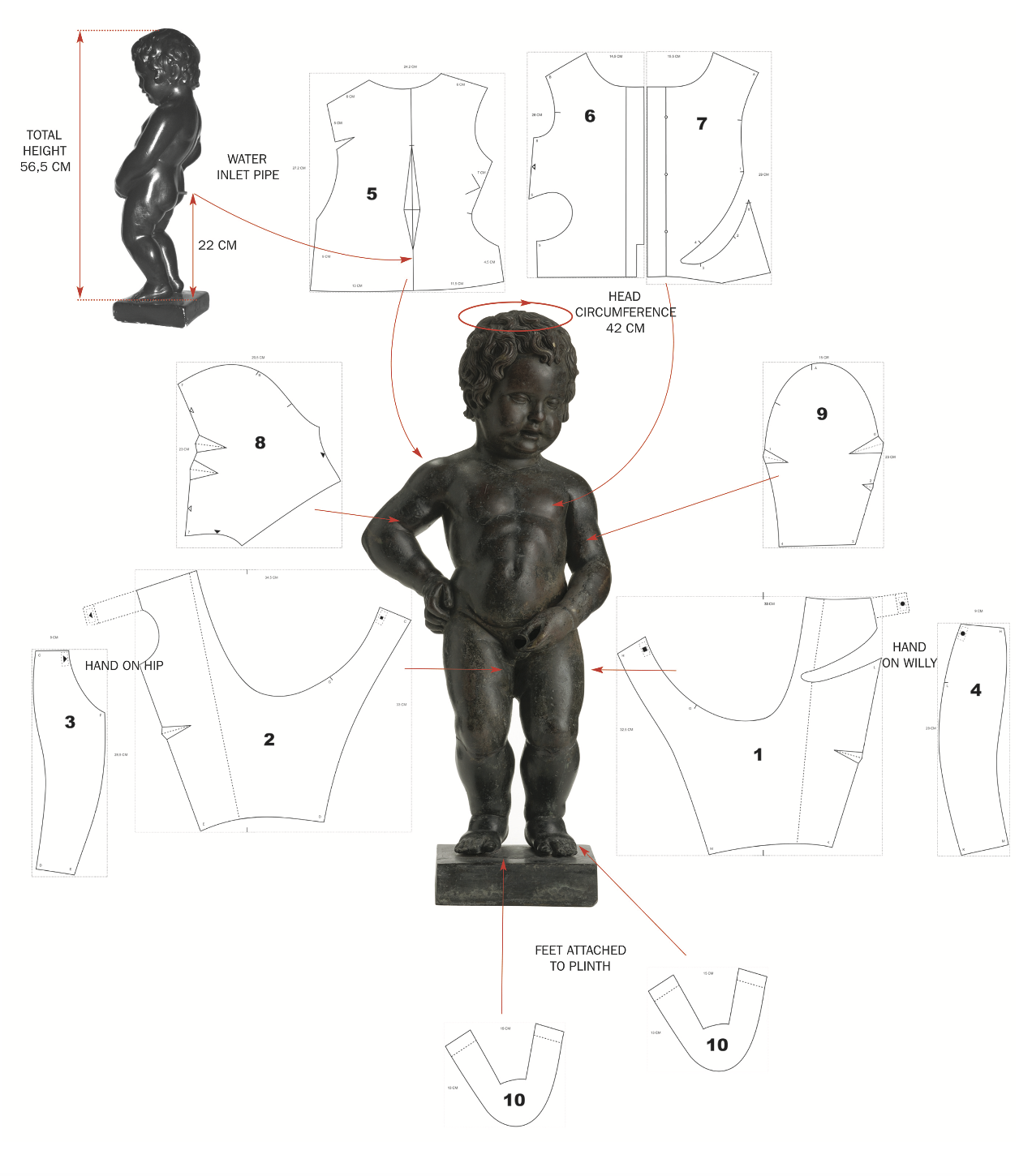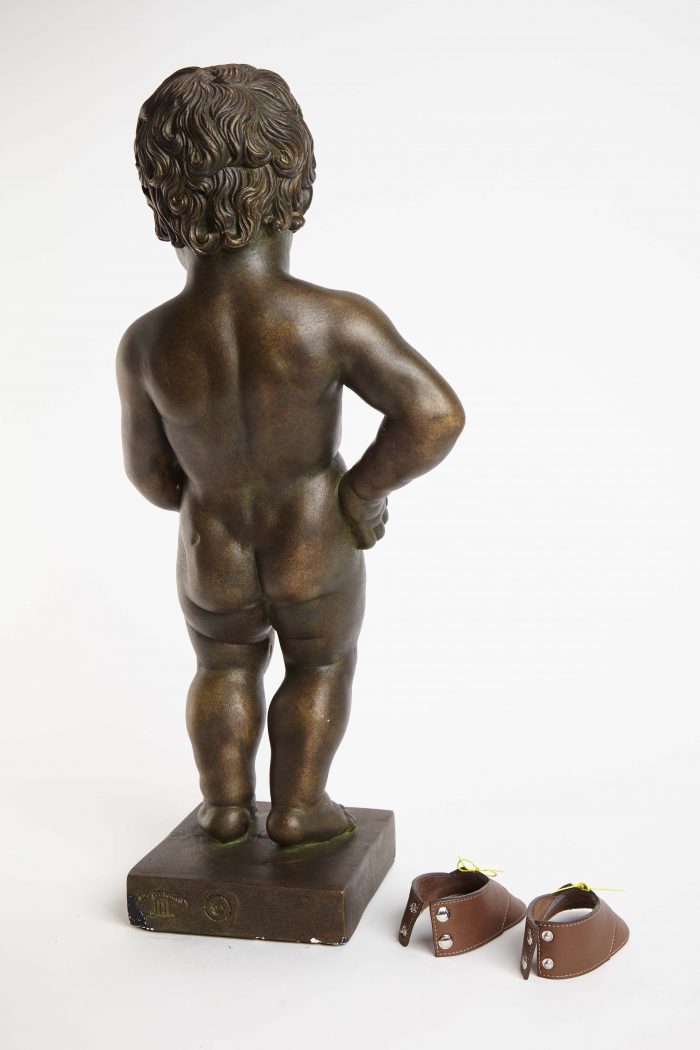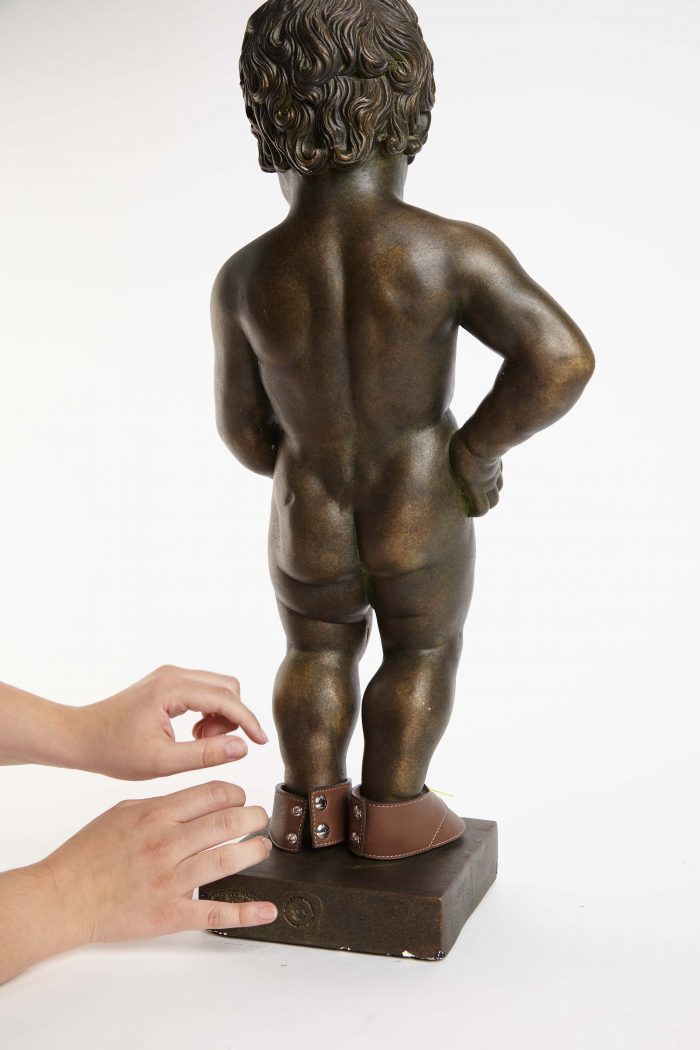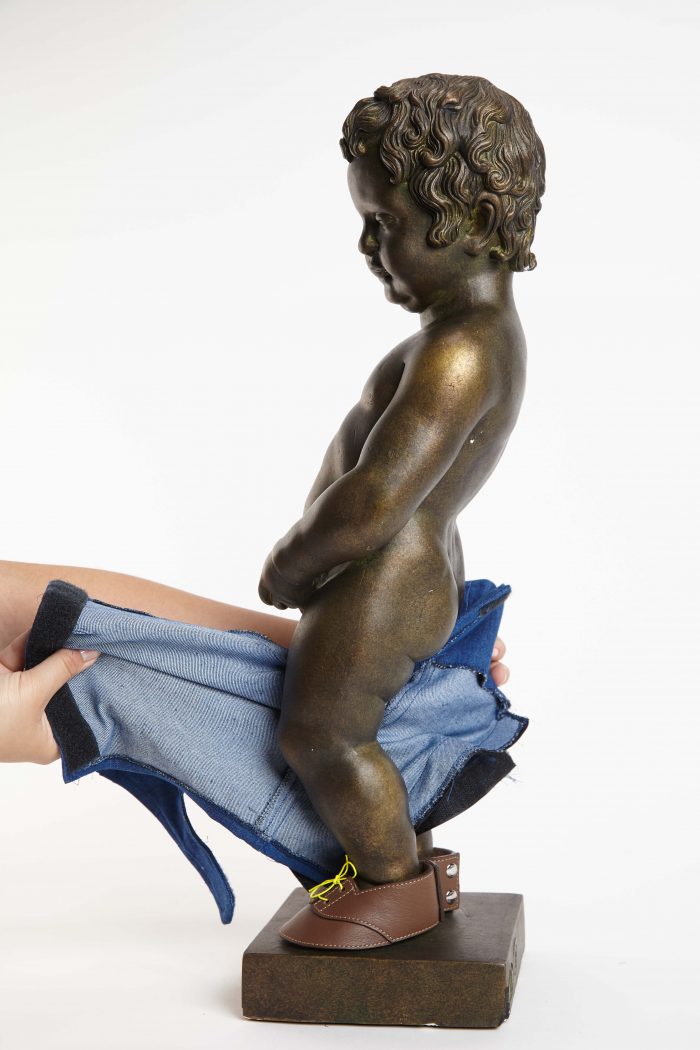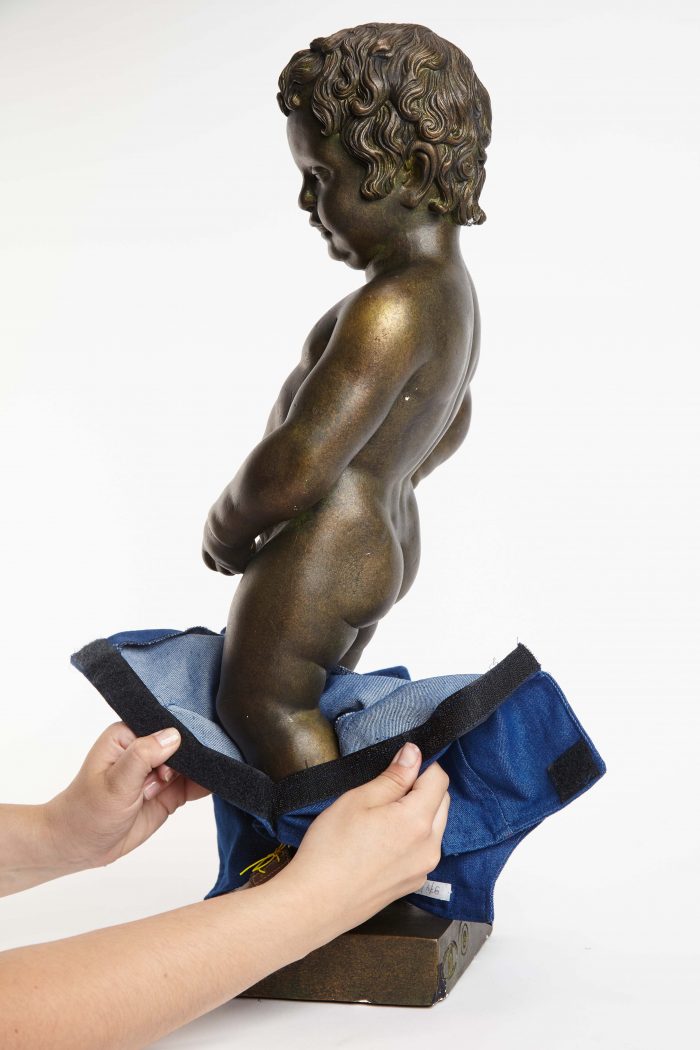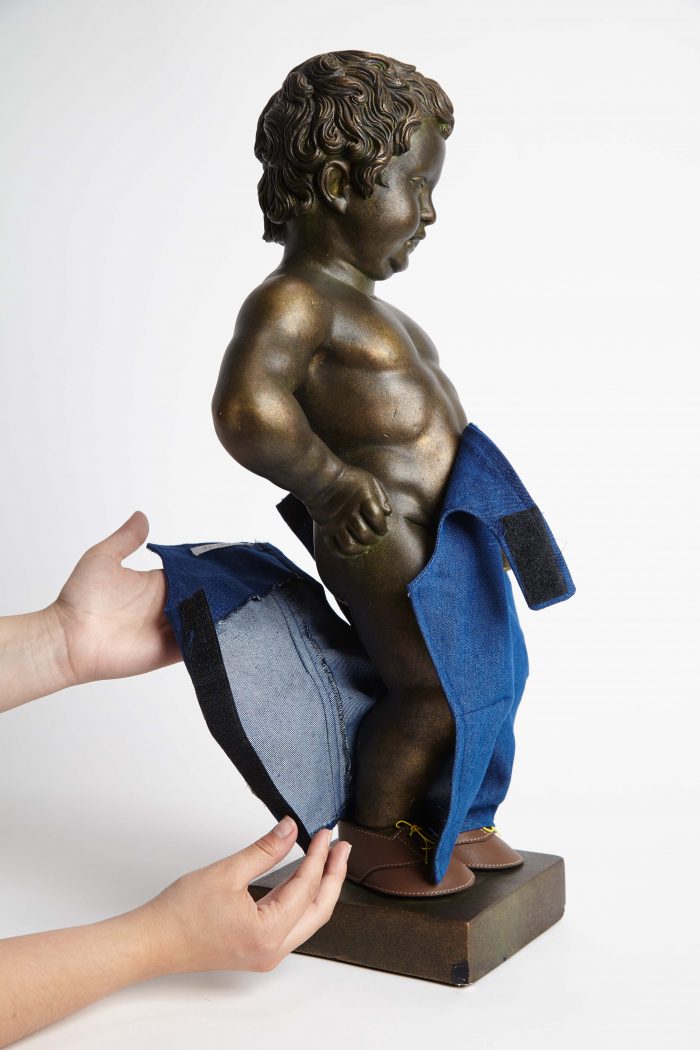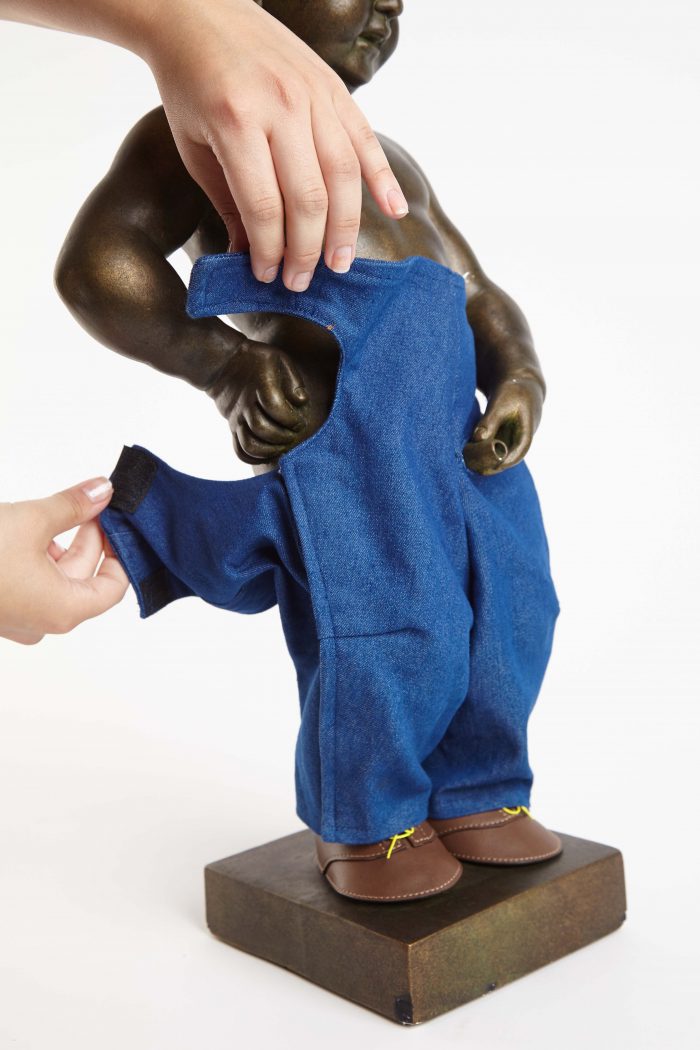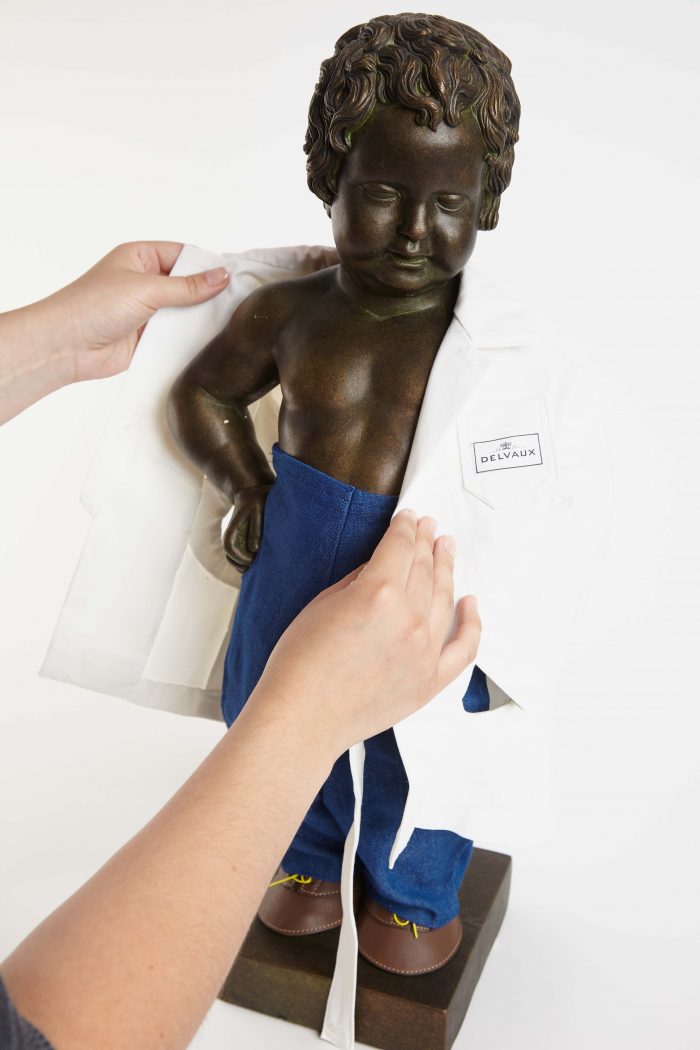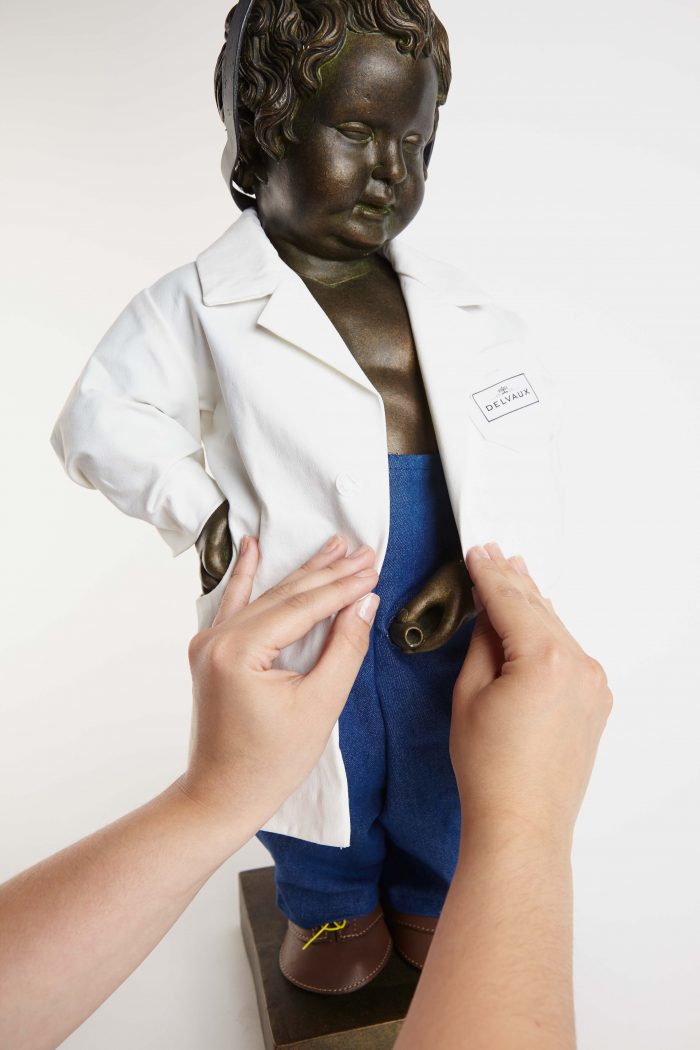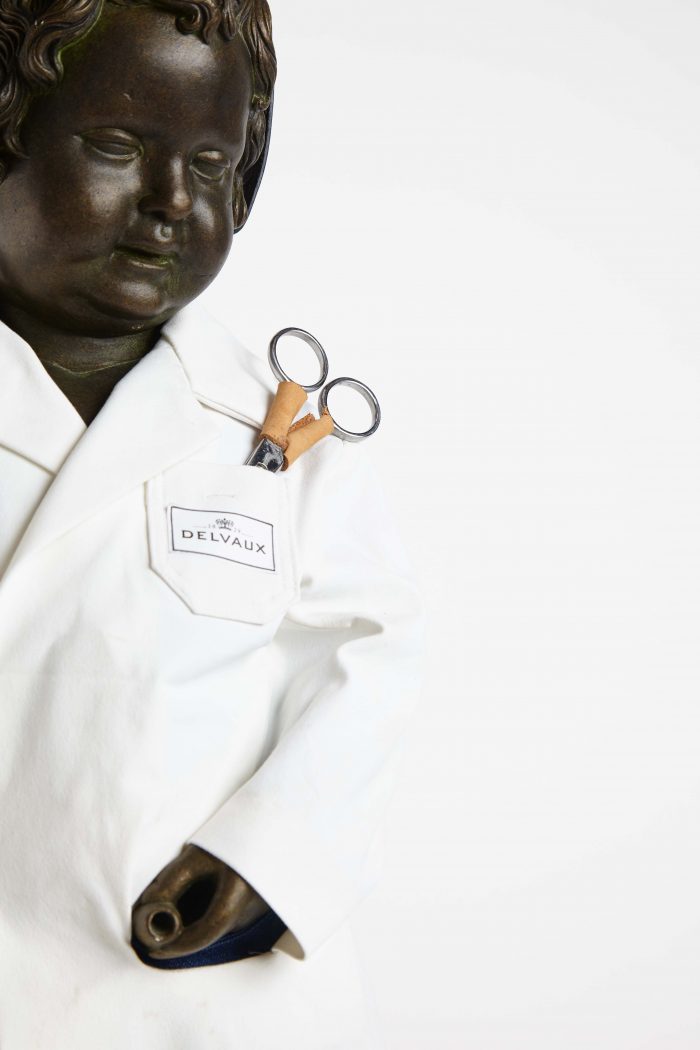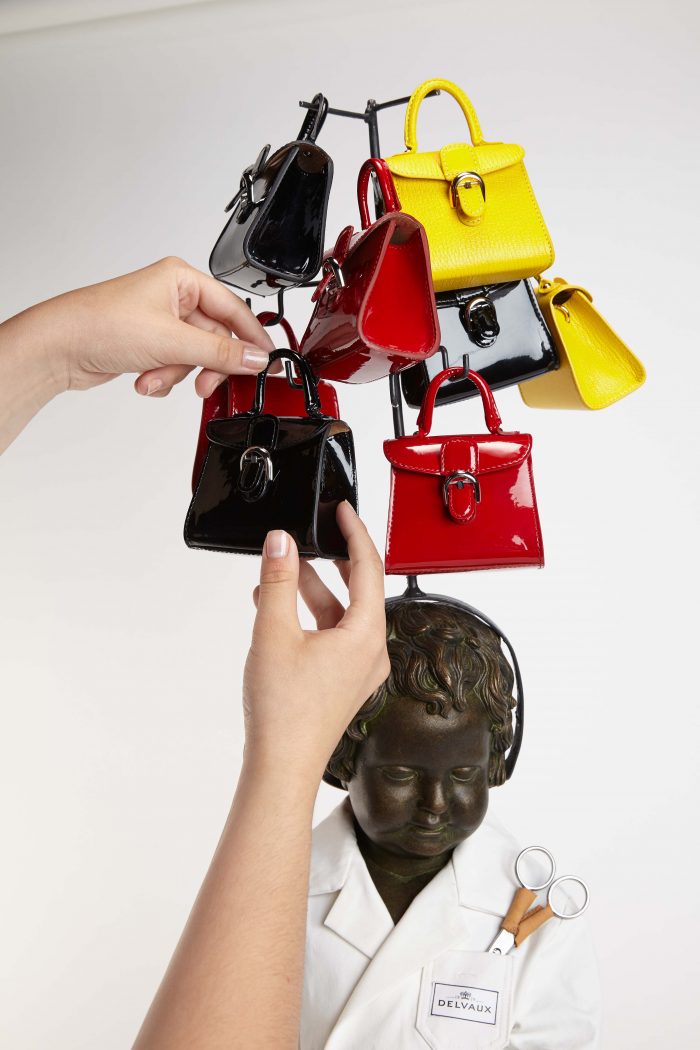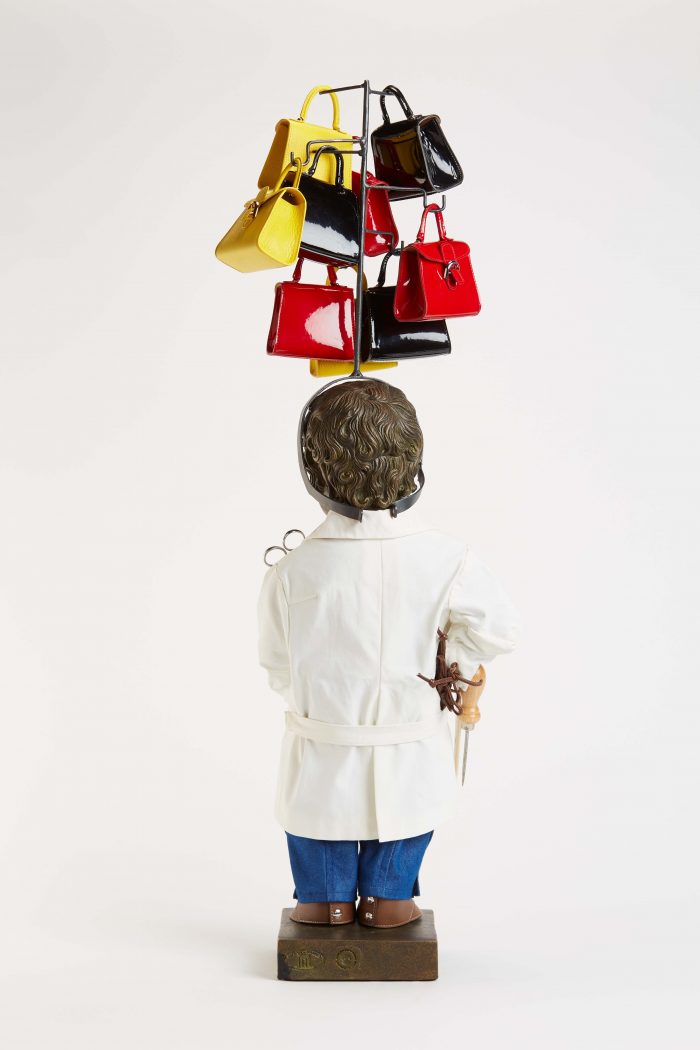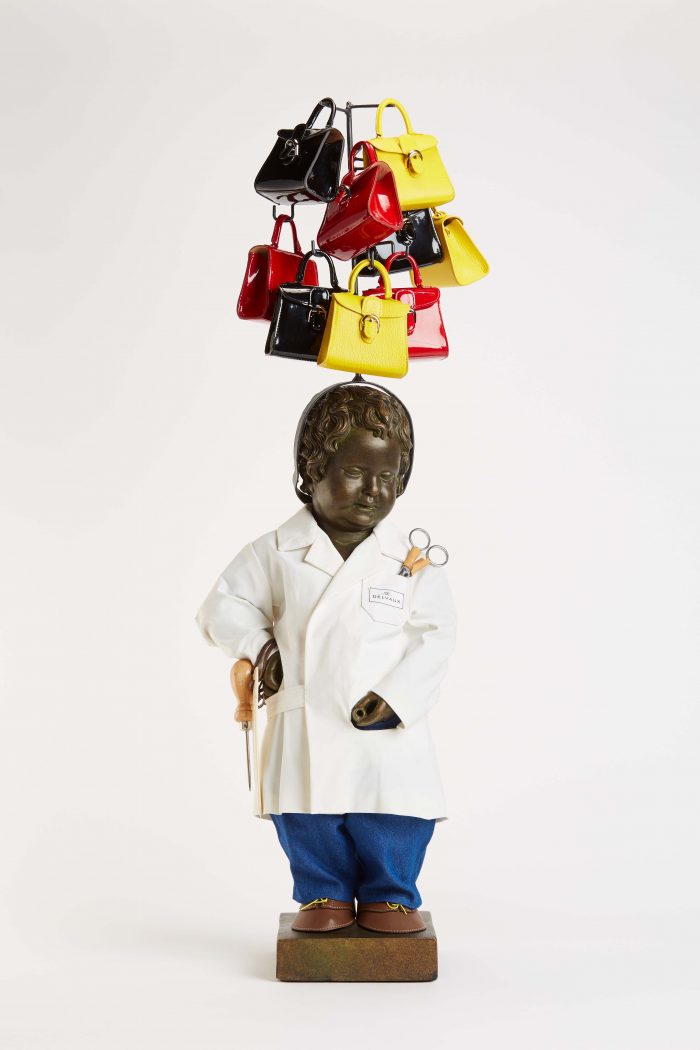- EN
- FR
- NL
- EN
- Your visit
- The museum
-
-
- Partner museums >
Discover the other museums in the city of Brussels to complete your visit !
-
- The Collection
-
-
- More than 1000 costumes >
-
Enter the complete dressing room of the Ketje de Bruxelles and discover the history of these exceptional costumes!
-
- Dressing calendar >
-
Manneken-Pis is dressed for almost half the year. Discover the dressing schedule!
-
-
- Contact us
-
-
- F.A.Q >
-
Find the answers to your questions!
-
- Contact form >
-
You haven’t found the answer to your question ?
-
-
-
- Tickets
- Press
- Press


